Alexander McNamara is the Editor-in-Chief at Live Science, and has more than 15 years’ experience in publishing at digital titles.
This week in science news, we find out what your cat's face might be telling you, gear up for an impending solar maximum and discover the gruesome answer to the"mermaid" mummy mystery.
Closer to our own epoch, no doubt the art world will be"rocked" by the news of ancient petroglyphs rising from the drought-stricken Amazon River, or 500-year-old cave art discovered in Puerto Rico. And finally, a mysterious, malevolent-looking"mermaid" mummy from Japan has been perplexing scientists for more than 100 years. Now we have an idea of what it is — a gruesome Frankenstein's monster of fish, monkey and lizard parts.
The image was taken using a cutting-edge technique known as cryo-electron tomography, or cryo-ET, which helps scientists to paint a clearer picture of the appearance of large molecules within living cells.
United States Latest News, United States Headlines
Similar News:You can also read news stories similar to this one that we have collected from other news sources.
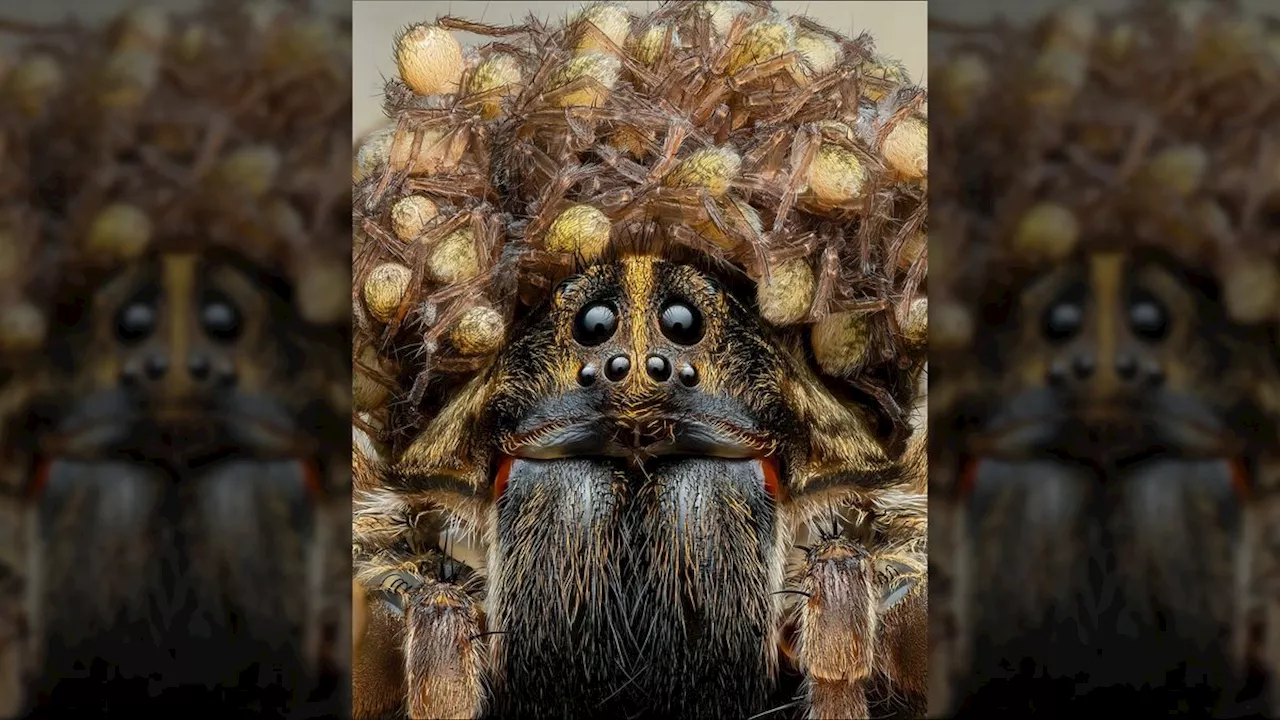 Wolf spider mama wearing crown of babies captured in stunning photoHannah Osborne is the planet Earth and animals editor at Live Science. Prior to Live Science, she worked for several years at Newsweek as the science editor. Before this she was science editor at International Business Times U.K. Hannah holds a master's in journalism from Goldsmith's, University of London.
Wolf spider mama wearing crown of babies captured in stunning photoHannah Osborne is the planet Earth and animals editor at Live Science. Prior to Live Science, she worked for several years at Newsweek as the science editor. Before this she was science editor at International Business Times U.K. Hannah holds a master's in journalism from Goldsmith's, University of London.
Read more »
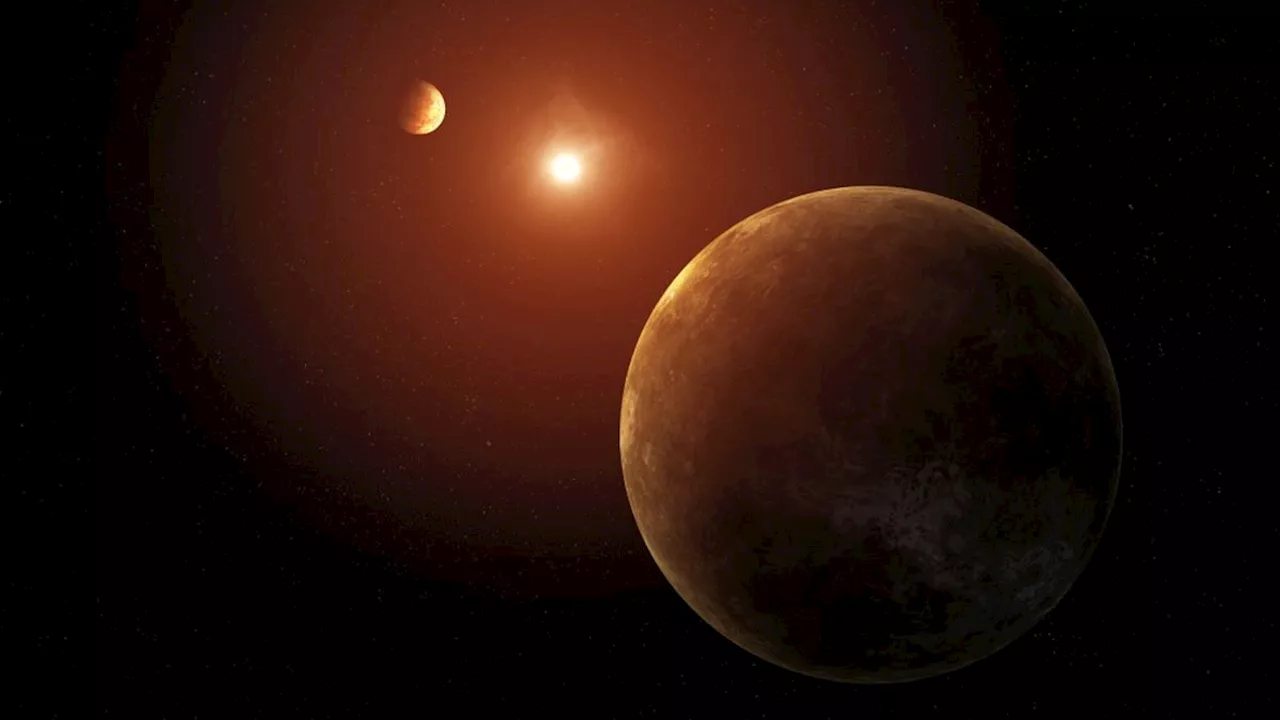 7 scorching-hot exoplanets discovered circling the same starRobert Lea is a science journalist in the U.K. whose articles have been published in Physics World, New Scientist, Astronomy Magazine, All About Space, Newsweek and ZME Science. He also writes about science communication for Elsevier and the European Journal of Physics. Rob holds a bachelor of science degree in physics and astronomy from the U.K.
7 scorching-hot exoplanets discovered circling the same starRobert Lea is a science journalist in the U.K. whose articles have been published in Physics World, New Scientist, Astronomy Magazine, All About Space, Newsweek and ZME Science. He also writes about science communication for Elsevier and the European Journal of Physics. Rob holds a bachelor of science degree in physics and astronomy from the U.K.
Read more »
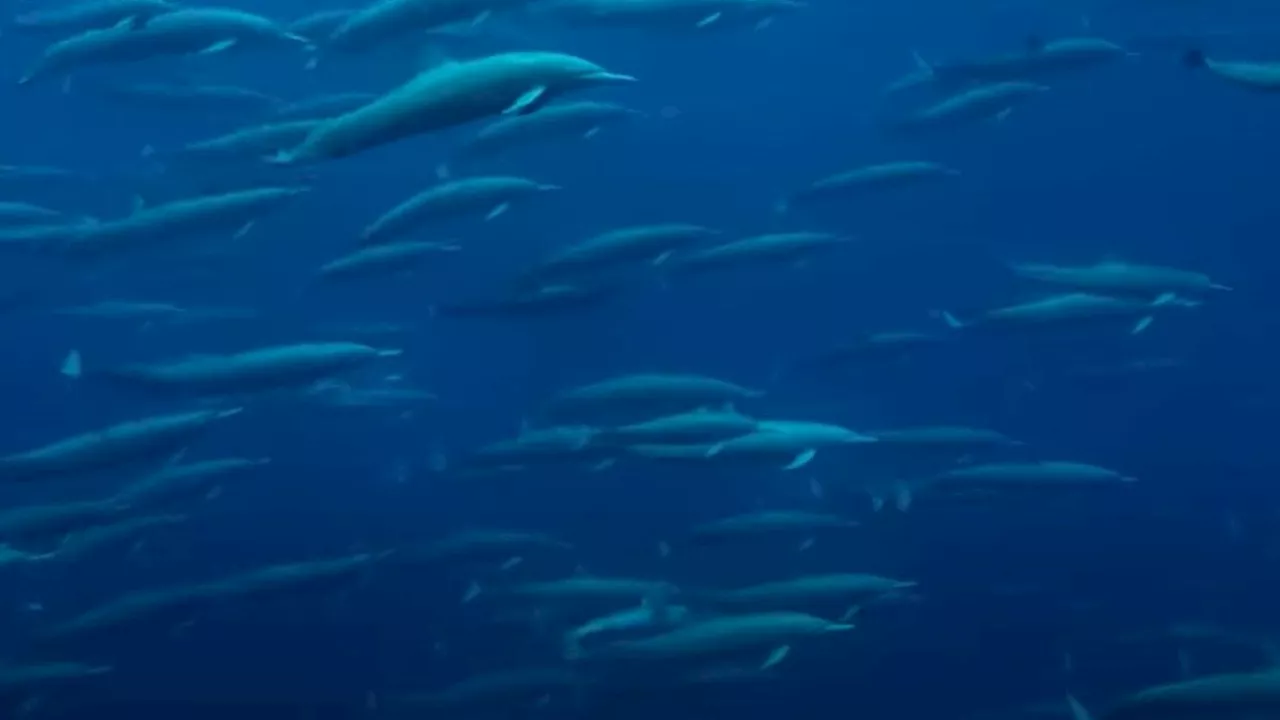 Watch a huge megapod of acrobatic spinner dolphins in incredible, rare videoHannah Osborne is the planet Earth and animals editor at Live Science. Prior to Live Science, she worked for several years at Newsweek as the science editor. Before this she was science editor at International Business Times U.K. Hannah holds a master's in journalism from Goldsmith's, University of London.
Watch a huge megapod of acrobatic spinner dolphins in incredible, rare videoHannah Osborne is the planet Earth and animals editor at Live Science. Prior to Live Science, she worked for several years at Newsweek as the science editor. Before this she was science editor at International Business Times U.K. Hannah holds a master's in journalism from Goldsmith's, University of London.
Read more »
 Alexander: Here’s how to fix baseball’s postseasonThe current playoff system means more inventory for TV networks, who aren’t getting people to watch anyway, but devalues the 162-game grind
Alexander: Here’s how to fix baseball’s postseasonThe current playoff system means more inventory for TV networks, who aren’t getting people to watch anyway, but devalues the 162-game grind
Read more »
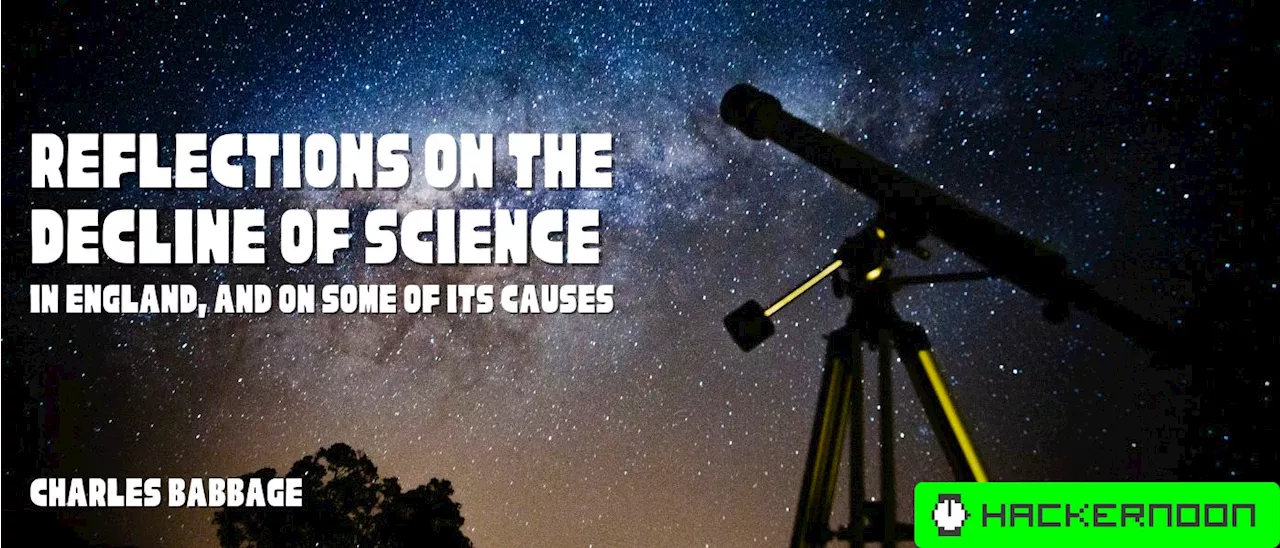 OF THE INDUCEMENTS TO INDIVIDUALS TO CULTIVATE SCIENCE.Interest or inclination form the primary and ruling motives in this matter:
OF THE INDUCEMENTS TO INDIVIDUALS TO CULTIVATE SCIENCE.Interest or inclination form the primary and ruling motives in this matter:
Read more »
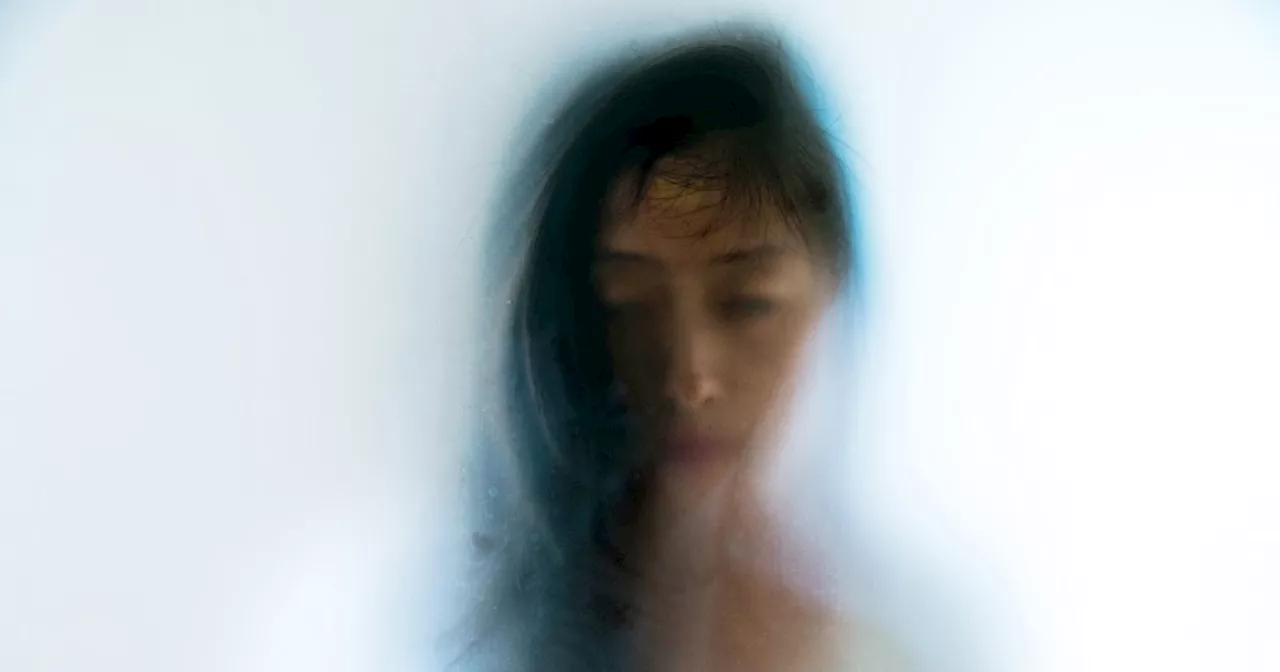 Science of fainting: New research showing link between brain and heart offers cluesAria Bendix is the breaking health reporter for NBC News Digital.
Science of fainting: New research showing link between brain and heart offers cluesAria Bendix is the breaking health reporter for NBC News Digital.
Read more »
